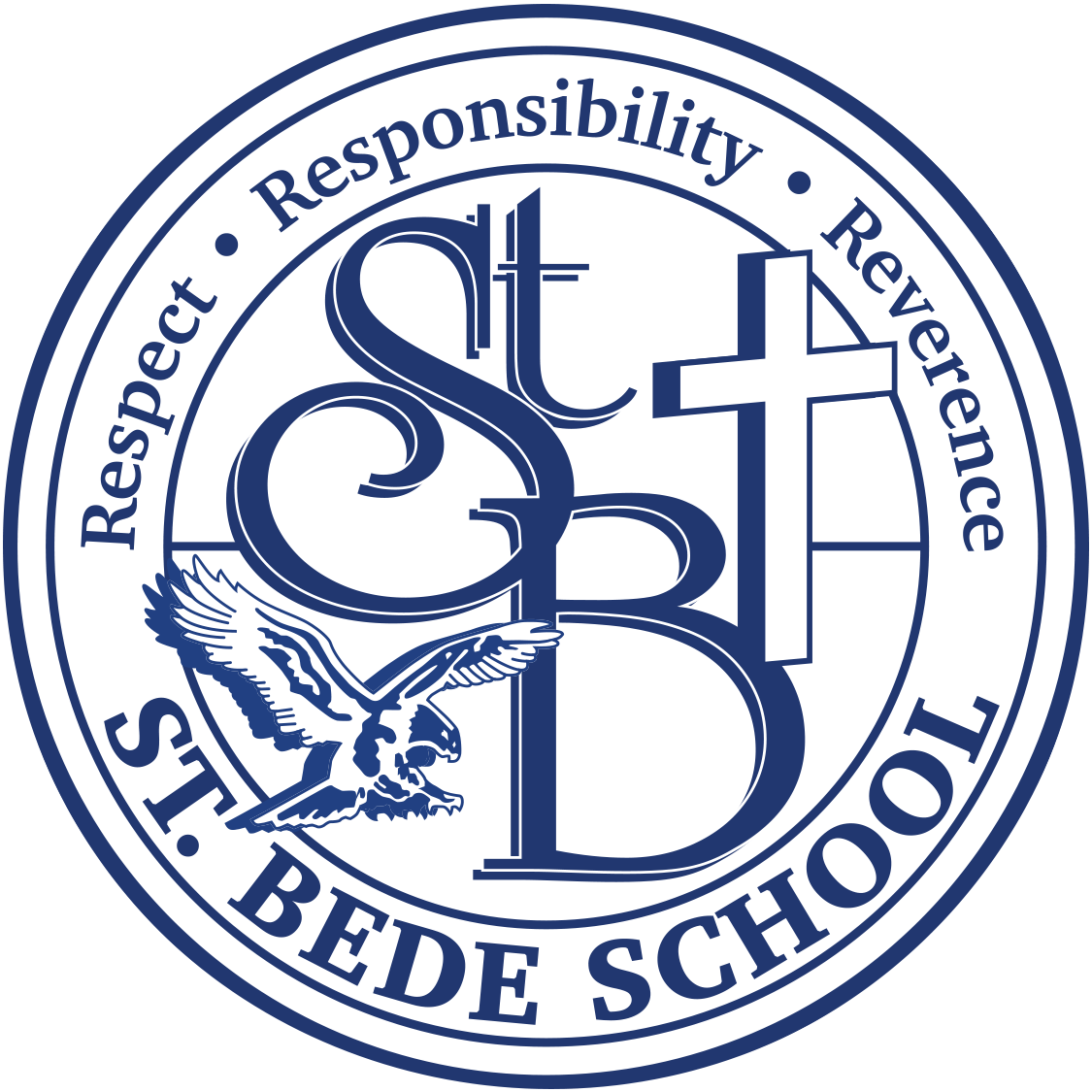Curriculuum
Research shows that the K-8 model of education has a positive impact on a child’s success because it provides the intimacy of the community, the connection to younger students as students mature, and the ongoing connection of the student to the adult community which has fostered his/her educational development from its very beginning. Research further illustrates that “one of the most compelling reasons to support the K-8 grade configuration is the leadership aspect for students”. Leadership is emphasized when upper grade students team up with younger students for such things as tutoring, or a buddy system.
The core curriculum includes religious education, mathematics, science, language arts, social studies, and physical education. In addition to a curriculum that aligns with rigorous academic standards, students have the opportunity to explore the arts through music and art classes as well as the study of Spanish. The well-rounded, inquiry based approach to education calls students to active learning that focuses on questioning, evaluation, discovery, and creation and moral decision making. Learners are challenged to think critically and creatively. To learn more about the curriculum please see these Archdiocesan standards.
Because no two children are alike and children learn in different ways, the use of differentiated instruction, strengthened through the use of integrated technology, maximizes learning for all students by promoting the use of varied strategies in the classroom.
Enrichment Curriculum
Spanish
Spanish is offered to PreK through 8th grade students.
The Spanish language program at St. Bedes, provided by Fun Fluency, begins with the In PreK through grade 2 Spanish classes, children learn basic vocabulary such as numbers, colors, days of the week, and greetings. Starting in the third grade, Spanish classes use a multi-sensory language method that combines movement, games, and songs. As the grades progress, vocabulary is increased, and verb conjugations are introduced. By eighth grade, students have developed skills in the three modes of communication: Interpersonal, Interpretive, and presentational.
Instruction emphasizes that the best way to learn a language is by using it as much as possible. Practice does make perfect in foreign language learning.
Art
Student creativity shines in art classes from PreK through eighth grade. Through age-appropriate activities, children learn how works of art are produced. Students learn the language of art through an understanding of the sensory elements, organizational principles and expressive qualities in art.
Classes work on a variety of projects using all forms of artistic mediums at all grade levels. Students focus on effort/participation, creativity, craftsmanship and following directions.
Music
Our Music program is offered to students in preschool through eigth grade. Students learn age-appropriate vocal techniques, music notation, and pitched and unpitched musical instruments through a variety of experiences. A highlight of the music program that parents enjoy is the annual Christmas and spring music concert.

